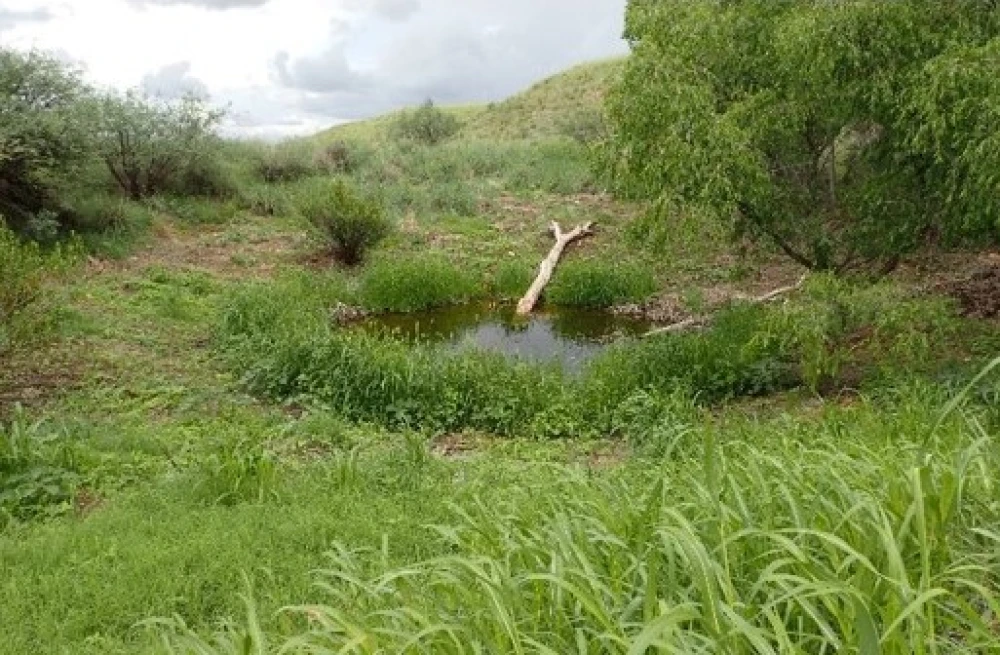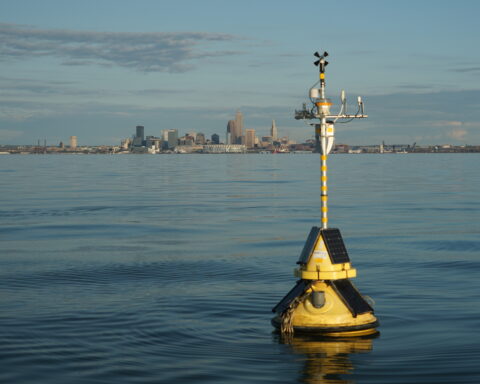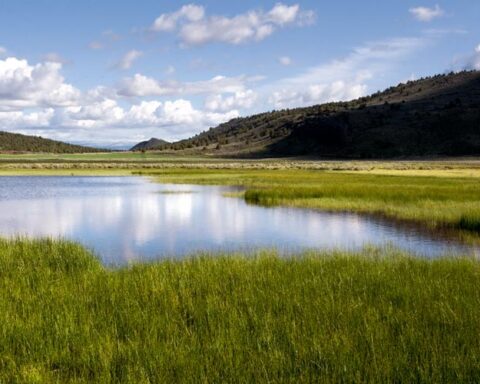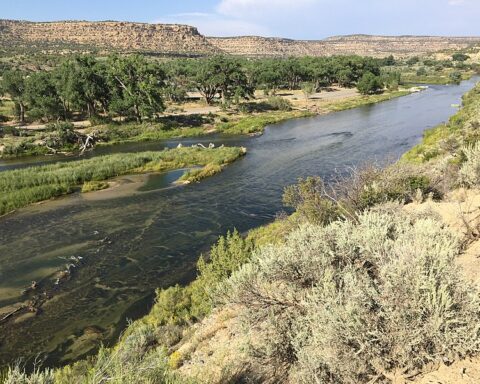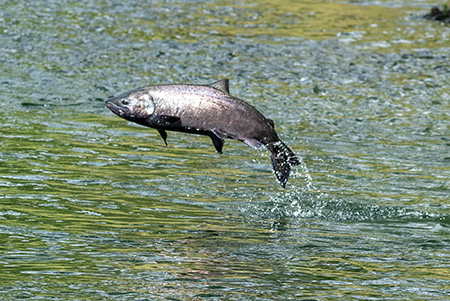Conservation efforts to protect two of Arizona’s wetlands will receive $25 million from the federal government.
The Copper State’s Yuma East Wetlands and Topock Marsh were targeted for funding by the U.S. Department of Interior because of their importance for resilience and drought mitigation in the American Southwest.
Topock Marsh, a 4,000-acre refuge in Havasu National Wildlife Refuge, will receive $20 million for two new screw pumps, replacing a failing concrete canal with 3 miles of pipeline, designing and building a water control structure, and supplying electricity to the pumps so the marsh’s water delivery system is more efficient.
“Building on our significant milestones this year to protect the Colorado River System, we are continuing to bring every tool and resource to bear to protect the stability and sustainability of the Colorado River System and increase water efficiency across the West,” said Principal Deputy Assistant Secretary for Water and Science Michael Brain.
Topock Marsh is also the only lower Colorado River habitat that supports the endangered southwestern willow flycatcher and Northern Mexican garter snake.
Yuma East Wetlands will receive $5 million to upgrade infrastructure to ensure the marshes’ survival for future generations. Improvements include replacing diesel-fueled pumps with electrical pumps, extending concrete canals and bringing electrical power to the conservation area. The wetlands are widely used by Arizonans for public recreation and provide a habitat for wildlife including endangered species.
“Protecting these wetlands is important to the local communities as well as to the greater health of the lower basin of the Colorado River,” said Bureau of Reclamation Commissioner Camille Calimlim Touton.
The Colorado River Basin supplies water for over 40 million people and supports hydropower in seven U.S. states, sustains 5.5 million acres of farming and agricultural communities throughout the Western region and is a vital resource for 30 Tribal Nations as well as two Mexican states, according to an Interior Department press release.
Despite recent improvements in hydrology in the region, an unprecedented 23-year drought has caused historically low water levels at Lake Powell and Lake Mead.

Photo by George Andrejko courtesy of the Arizona Wildlife Conservation Strategy




